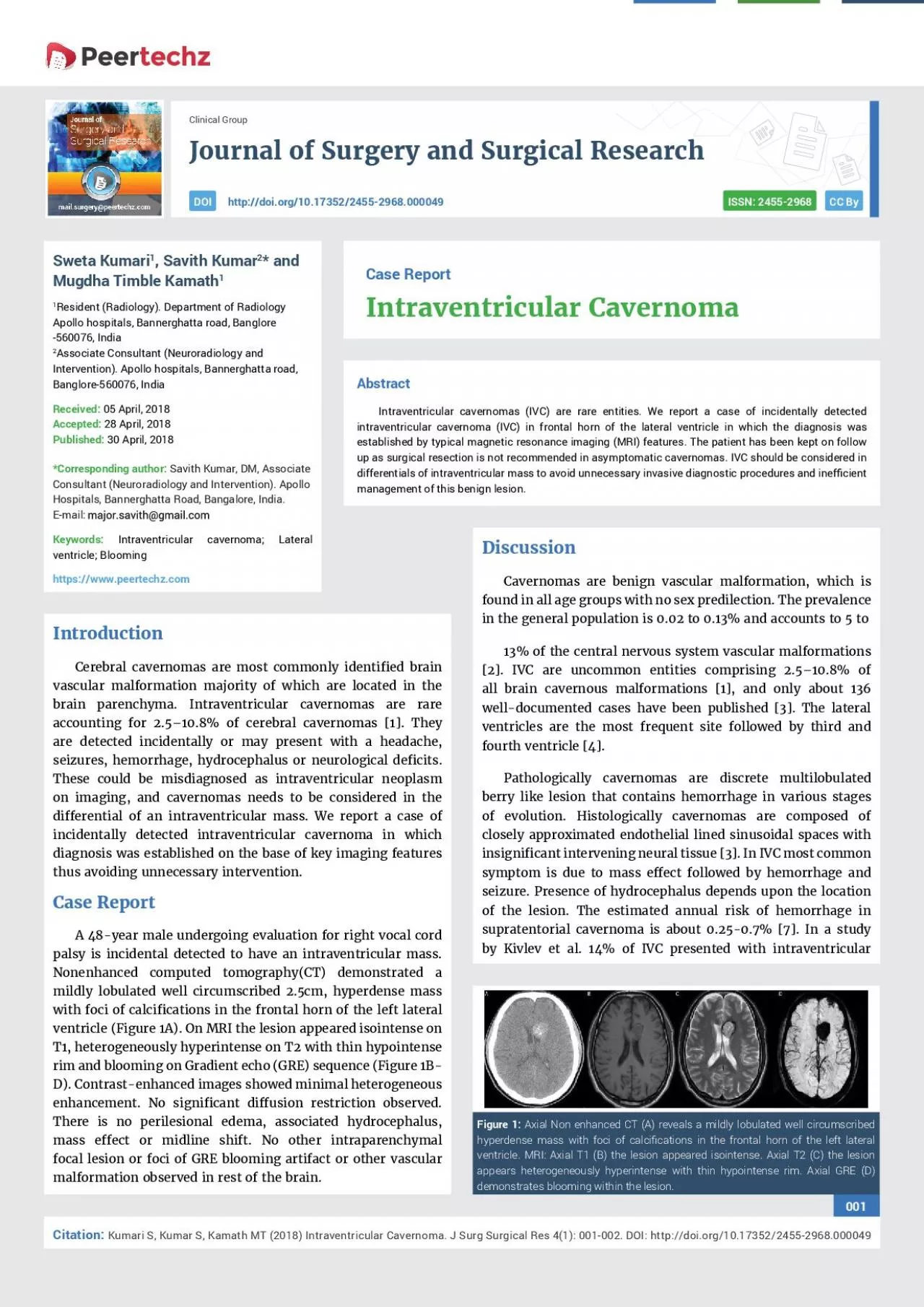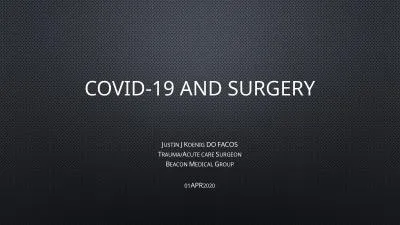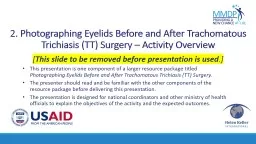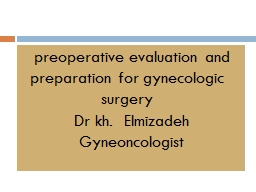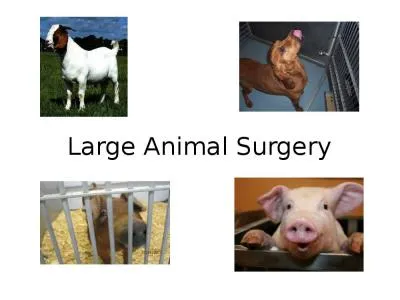PDF-Journal of Surgery and Surgical Research
Author : delcy | Published Date : 2022-08-21
ISSN 24552968 CC By 001 Kumari S Kumar S Kamath MT 2018 Intraventricular Cavernoma J Surg Surgical Res 41 001002 DOI httpdoiorg1017352Clinical Group cient 1 Savith
Presentation Embed Code
Download Presentation
Download Presentation The PPT/PDF document "Journal of Surgery and Surgical Research" is the property of its rightful owner. Permission is granted to download and print the materials on this website for personal, non-commercial use only, and to display it on your personal computer provided you do not modify the materials and that you retain all copyright notices contained in the materials. By downloading content from our website, you accept the terms of this agreement.
Journal of Surgery and Surgical Research: Transcript
Download Rules Of Document
"Journal of Surgery and Surgical Research"The content belongs to its owner. You may download and print it for personal use, without modification, and keep all copyright notices. By downloading, you agree to these terms.
Related Documents

